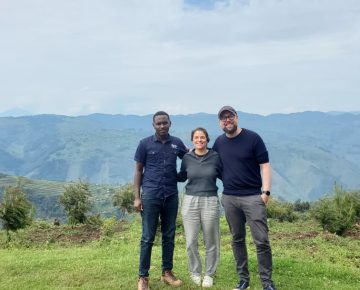What to see and do in Nyerere National Park?
Nyerere National Park is located in the southern part of Tanzania and is believed to be the largest national park in Africa. The park covers over 30893 square kilometers of land. Initially, the park was part of the Selous game reserve which was about 54000 square kilometers. The Nyerere National Park is about 230 kilometers away from Dar el Salam city. The national park got its status in November 2019. It was named after the president of Tanzania Julius Nyerere who was working towards the conservation of the wildlife in Tanzania.
History of Nyerere National Park
The park was formerly for photography safaris since it has a rich flora and fauna. In 1982, the park was named as a world UNESCO site for its rich flora and fauna. During colonial times, the reserve was initially for game hunting and also conservation when the British Empire took over from the Germans. The area was led by Fedrick Courteney Selous who was hunting for large and small mammals around Africa. He killed a lot of the wildlife and then he would export them back home to the museum for study purposes. Later he advocated for the conservation of these wildlife since they were reducing in number.
In 1917, Frederick was assassinated by the Germans on the river banks of the Rufiji River. In 1922, the reserve was named after Fedrick Courteney Selous as the Selous Game Reserve. More so, the park is made up of the savannah plains, riverine mashes, acacias, Boababs, and many others. River Rufiji is the main river in the park flowing up to the Indian Ocean.
What to see in the Nyerere National Park? (Attractions)
While in the Nyerere National Park, there is a variety of wildlife that travelers on their Tanzania safari have to see.
Wildlife
Nyerere National Park is home to a wide range of wildlife. The wildlife of the park combines with that of the Selous game reserve. The wildlife includes the large herds of elephants, buffaloes, rhinos, leopards, African dogs, hyenas, and many others. In the 1980’s, there was increased hunting of elephants for ivory and other wildlife which led to a decrease in the number of wildlife in the game reserve. Later on, the government increased its operations against the encroachment of these wildlife and this has led to their increase in number.
Bird species
The park is home to several bird species. The bird species in the park are over 440 species in number and this is a great place for travelers on their birding safaris to Tanzania. The bird species in the park include; the mangrove kingfisher, Livingstone flycatcher, Boehm’s bee-eater, African skimmer, pearl spotted owl, red-winged warbler, and many others. The birds live in the lagoons, riverine forests, and mashes.
River Rufiji
This is one of the largest rivers in the East African region. it flows through the northern part of the park to the Indian Ocean. The river Rufiji is one of the slow-flowing rivers and it forms several oxbow lakes, deltas, and lakes. All these features are harboring places for the wildlife in the park. Travelers on their Tanzania safari usually explore the park through a boat cruise.
What to do in the Nyerere National Park? (Activities)
While in the Nyerere National Park, there are a variety of activities that travelers can engage in while on their Tanzania safaris.
Boat safaris
While on the safari to the Nyerere National Park, the boat safari is one of the spectacular activities that the traveler in Tanzania can do to see the attractions of the park. The boat safari is done on the river Rufiji which is the largest river in the East African region and during the boat safari you will see a quite number of wildlife like crocodiles, hippos, elephants, elephants, and many others. During the boat safari, you will also visit many features. These were formed by the river depositions like the oxbow lakes, swamps, deltas, and many others.
Birding Tours
The park is home to over 440 bird species. This makes it a good place for the birding safari to take place. During this safari, you will be required to have all the requirements. These include; binoculars, waterproof jackets, and bird albums. You will see birds like the mangrove kingfisher, Livingstone flycatcher, Boehm’s bee-eater, African skimmer, pearl spotted owl, red-winged warbler, and many others. During the birding safari, you need a quiet number of days to do the activity since the park is too big.
Game drives
This is one of the primary activities in the park which is done by travelers to encounter the wildlife in the park. Game drives are done in the morning, full day and night. Morning game drives are usually done in the early morning hours like 0600hrs to track the wildlife that will start grazing and the predators that will be hunting. Full-day game drive starts in the morning up to evening while tracking the wildlife in the park. The night game drives usually start at 1800hrs and this kind of game drive helps to track the nocturnal wildlife in the park. The game drives in the park are usually done in the authorized tracks of the park to track the animals.
What is the best time to visit the Nyerere National Park?
Nyerere National Park is like other East African national parks which can be visited throughout the year. The best time to visit the Nyerere National Park is usually the dry season. The vegetation is dry and short for one to view the animals. Also during the dry season, the wildlife gathers at the river Rufiji, lakes, and swamps for water.
Where to stay while on a safari to the Nyerere National Park?
Nyerere National Park has a quite number of accommodation facilities that travelers on their Tanzania safari can choose from. The accommodation facilities in the park range from luxury to mid-range, and budget facilities. Luxury accommodation facilities include the Siwandu safari camp, Rufiji River camp, lake Manze camp, Sand River Selous, and many others. Midrange accommodation facilities include the Selous Kinga Lodge, Selous Serena Camp, Siwandu Impala Camp, Selous Sun Lodge, and many others. Budget accommodation facilities include the Sable Mountain Lodge, Selous Kulinda camp, and many others.
How to access the Park?
The park can be accessed by both air and road transport. The nearest city to the Nyerere National Park is Dar el Salam city. By road, you will drive about 5 to 7 hours a day to the park from Dar el Salam city. By air, you book a domestic chartered flight at Julius Nyerere International Airport in Dar el Salam to the different airstrips in the Nyerere National Park. The flight lasts for 1 hour to the park. These airstrips include; Kiba Airstrip, Matambwe Airstrip, Beho Beho Airstrip, Siwandu Airstrip, Mumbai Airstrip, and Mtemere Airstrip. The park also has two main access points which include; Mtemere Gate and Matambwe Gate.















